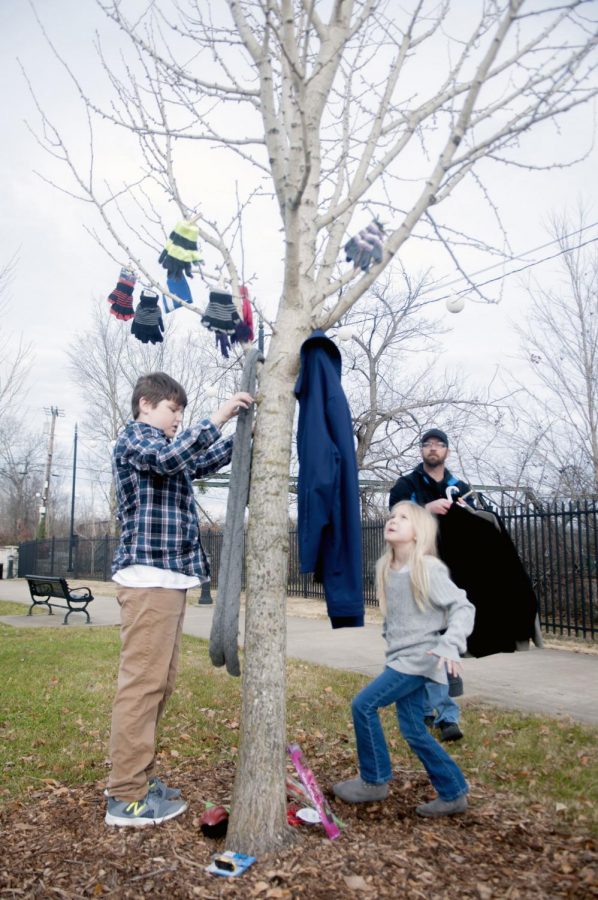Little Friends, Big Problems
April 30, 2020
(Written March 23, 2020)
You’re sitting in class taking notes; a scream can be heard from the front of the classroom. Students start jumping up in their chairs and onto desks.
A mouse has entered the room.
How many times has this happened this year? Nine, ten times?
Greenwood has a rodent problem with seemingly no solution in sight.
Mice enter buildings through cracks and holes found in walls and floors, as well as gaps in windows and doors and even sewer lines, anything more than 2 centimeters in diameter. Usually, they’re looking for food or shelter in harsh winter months.
Mice and rats chew on wires, which can cause fires or expensive repairs. Rodents cause up to 25% of house fires each year.
Rat or mouse feces spread bacteria and can contaminate food sources, causing serious illnesses such as:
- Hantavirus, a potentially life-threatening disease. The chances of contracting it are even higher when near an area that rodents are actively inhabiting. Symptoms include fatigue, muscle ache, fever, headache, dizziness, and chills.
- Salmonellosis, a type of food poisoning spread through rodent feces. Symptoms include fever, dizziness, and abdominal pain.
- Rat-bite fever, a potentially dangerous infectious disease spread by carrier rodents or the consumption of food contaminated by rodents. Symptoms include fever, vomiting, headache, rash, and muscle pain.
A female mouse gets pregnant 5-10 times a year can have a litter of 3-14 pups, 6-8 on average, so 32-56 pups a year from one mouse. They start having pups at 6 weeks old, so the cycle continues.
We asked students if they had seen a mouse in any of their classrooms. Mckenzie Eversoll, a senior, says “I’ve seen at least three in one room.”
“Yes,” freshman Mattalyn Johnson adds, “There was one in Steele and one with Williams in the gym.”
Eva Cook, a freshman, claims, “We saw one in Gupton.”
So what are student’s thoughts on this problem? Mattalyn expresses, “It’s gross but also funny.” Gunnar Goshorn, a freshman, responds, “They do be adding spice to the student life doe.”
The Greenwood FBLA Instagram account even gave some input when asked how the problem could be fixed, “Less food in classrooms, more vacuuming and cleaning the floors.”
But how can this problem be fixed?
One solution is to prevent more mice from getting in from the outside by repairing holes in outside walls or floorboards.
Rodents dislike strong smells, so cotton balls soaked in peppermint oil in the corners of rooms, or near suspected entry points, may help.
Electromagnetic or ultrasonic waves send a rodent’s brain into a scramble, causing them to come out of hiding to be easily trapped. There are devices being sold that do just that, like this one that also helps drive away most bugs as well.
Greenwood has a mouse problem, but it’s one that can be fixed with just a little extra effort.


